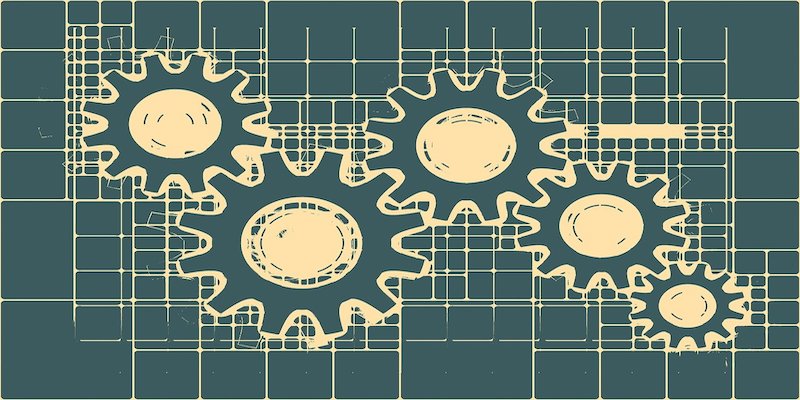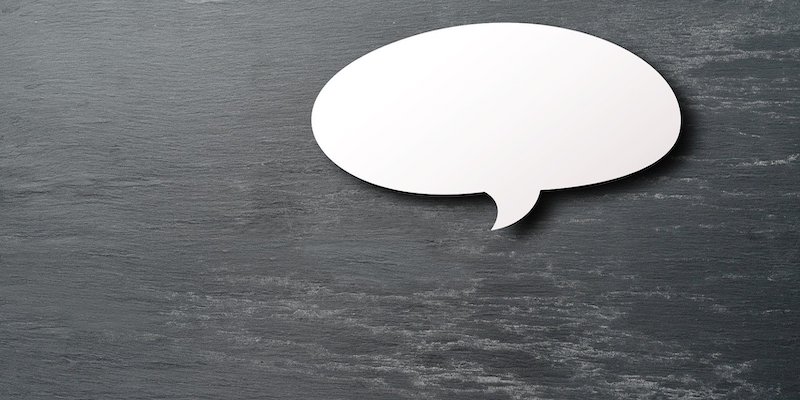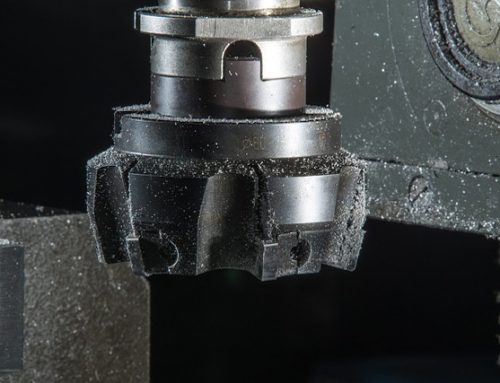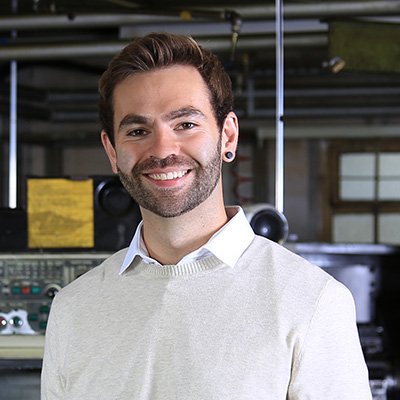CNC Milling is responsible for a multitude of products, from smartphones right the way through to supersonic jets. It is also an ideal method for manufacturing in large volumes and rapid prototyping.
Thanks to its unrivalled versatility and reliability, CNC Milling has become a staple of modern day manufacturing. But what exactly is CNC Milling and how does it work?
The History of CNC Milling

The origins of CNC Milling can actually be traced back to the Industrial Revolution. During this time, employment rates in manufacturing and working hours rose sharply until the introduction of the Factory Act 1833 capped working hours for children and set standards for factories.
This led manufacturing companies and machinists to explore methods that reduced the need for human input – thereby paving the way for automated machining methods. Despite substantial leaps in technology after this point, there were still a lot of errors due to the level of input still required by machinists.
It wasn’t until the late 1940s that the idea of a completely automatic numerically-controlled machine line was established by John T Parsons – who developed the notion of Numerical Control (NC) machines using punched tape. The process involved storing numerical data by punching holes in long tape and having it read by paper tape readers, before translating the information to machines that would carry out the work.
Fast-forward to the 60s-70s, where the introduction of digital technology paved the way for the type of numerical control machines used in modern day CNC Milling. Rather than relying on punched tape, manufacturers instead used Computer Aided Design (CAD) software to create a blueprint on a computer which directs the CNC machine to make components according to exact specifications.
What is CNC Milling?

CNC Milling involves using a cutting tool that is mounted on a rotating spindle to selectively remove material from a dedicated workpiece. The raw material is secured to a table, which moves or rotates on different planes that allow the tool to operate at many angles.
The CNC milling process can be used to produce not only shaping, but also slots, holes, notches and pockets. The cutting tool’s edges make several quick cuts to sculpt the raw material’s surface, which are constantly removed as the process continues.
The CNC Milling Process Explained

The first stage of the CNC Milling process starts by feeding the manufacturing instructions into a CAD system in either a 2D or 3D format. Once this has been completed, the designs are converted into a machine-readable format which is exported to the CNC machine. The machine will then relay the instructions to the different tools to recreate the design on the chosen material.
Before the process can begin, the machine would have to be fitted with the correct tools to do the job and the raw material needs to be fixed in place with a vice. Once these preparations are completed, the operator will launch the program using the machine interface.
When the CNC Milling process begins, the tools spin at thousands of RPM – enabling them to cut through materials with ease. The table will then rotate on several axis to shape the raw material according to the given specifications.
Types of CNC Milling

There are four main types of milling, which are:
Plain Milling
Also known as slab or surface milling, this process involves the use of a cutting tool with a rotary axis that is parallel to the surface of the raw material. It is commonly used to create a flat surface.
Face Milling
This involves the rotary axis being perpendicular to the material’s surface. The tools used for this process tend to have more teeth than those used in plain milling, with the teeth on the edge of the tools being used to cut the raw material. Meanwhile, those in contact with the flat material are used for finishing.
Angular Milling
As the name suggests, this form of CNC Milling involves the tool’s rotary axis being at an angle to the raw material’s surface. These machines are used to provide a midpoint between Plain and Face Milling.
Form Milling
This type of milling is used to create parts that have no flat surfaces. The machines can be fitted with several different tools depending on the type of curve required.
What is CNC Milling Used For?

The sheer versatility of CNC Milling means it can be used for a variety of different projects. While the process is perhaps more commonly associated with car parts and aerospace components, it can be used for other purposes such as:
1. Cabinets
2. Signs
3. Instruments
4. Sculpture
5. Prototyping and Modelling
6. Woodworking
Given the multitude of tools used in the CNC Milling process, it is compatible with a wide range of materials including steel, aluminium, bronze, copper and titanium.
Speak to an Expert

If you are looking for a CNC Milling service you will want to ensure that your components are of the highest quality and 100% reliable. This is where EGL Vaughan is here to help.
We are committed to offering a superior level of service at every stage of the manufacturing process. We will gain a thorough understanding of your needs and remain in constant contact with you right up until delivery. Building a close working relationship is extremely important to us, which is evident in the fact that clients choose to work with us time and again.
Because we are a UK precision engineering company, there are no additional customs or currency conversion charges to worry about. You will also not have to deal with the hassle of shipping delays, meaning you’ll be able to receive your order within a relatively tight timeframe. We will send you a rapid quote and aim to provide you with your items in just a few weeks.
EGL Vaughan are adept at creating custom parts from a variety of materials. Whatever you need, we can make it. We can even help if you don’t have a drawing to hand, thanks to our bespoke reverse engineering service.



